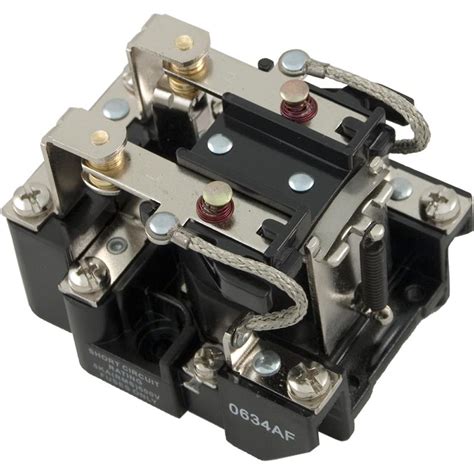
ALL ABOUT FLEX PCB
-
 Read more: Double Throw Relay – Working, Circuit Diagram, and Usage
Read more: Double Throw Relay – Working, Circuit Diagram, and UsageIntroduction to Double Throw Relay A double throw relay, also known as a changeover relay or a SPDT (Single Pole Double Throw) relay, is an electrically operated switch that allows switching between two circuits. It consists of a coil, an armature, and a set of contacts. When the coil is […]
-
What is Motor Driver: A complete Guide and More!
Posted by
–
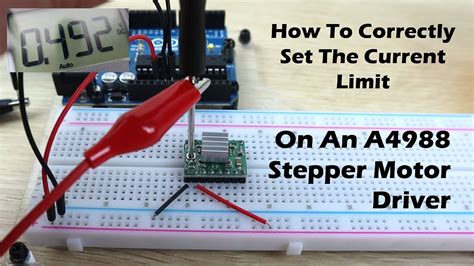 Read more: What is Motor Driver: A complete Guide and More!
Read more: What is Motor Driver: A complete Guide and More!Understanding Motor Drivers A motor driver is an electronic circuit or module that is designed to control and drive motors. It receives control signals from a microcontroller or other control circuitry and translates them into appropriate power signals to drive the motors. Motor drivers are capable of handling the high […]
-
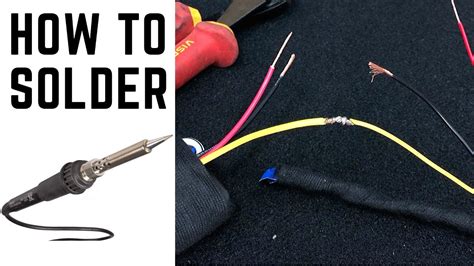 Read more: 9 Ways to Choose the Best Solder for Circuit Boards
Read more: 9 Ways to Choose the Best Solder for Circuit BoardsIntroduction Soldering is a crucial process in the creation of electronic devices, and choosing the right solder is essential for ensuring the quality and longevity of your circuit boards. With so many different types of solder available, it can be challenging to know which one is best suited for your […]
-
SPDT Relay: Quick Guide to its Working and More!
Posted by
–
 Read more: SPDT Relay: Quick Guide to its Working and More!
Read more: SPDT Relay: Quick Guide to its Working and More!What is an SPDT Relay? An SPDT (Single Pole Double Throw) relay is an electromechanical switch that uses an electromagnet to control the switching of electrical contacts. It has one common terminal and two switchable terminals, allowing it to switch a circuit between two different paths. When the relay coil […]
-
How to Solder a Printed Circuit Board PCB
Posted by
–
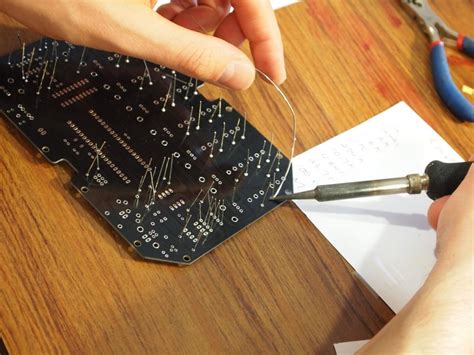 Read more: How to Solder a Printed Circuit Board PCB
Read more: How to Solder a Printed Circuit Board PCBIntroduction to PCB soldering Soldering is an essential skill for anyone working with electronic circuits and printed circuit boards (PCBs). PCB soldering involves joining electronic components to the conductive traces on a PCB using a molten metal alloy called solder. Proper soldering techniques ensure strong electrical connections and reliable circuit […]
-
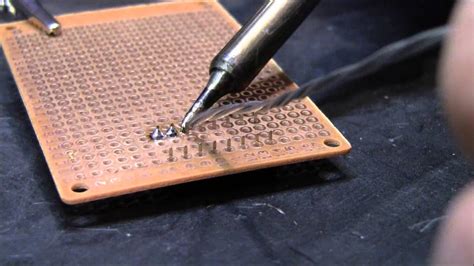 Read more: The Best Solder For Circuit Board – How To Choose?
Read more: The Best Solder For Circuit Board – How To Choose?What is Solder? Solder is a fusible metal alloy used to create a permanent bond between two or more metal surfaces. It is commonly used in electronic assembly and repair to join components to printed circuit boards (PCBs) or to create electrical connections between wires. Solder typically consists of a […]
-
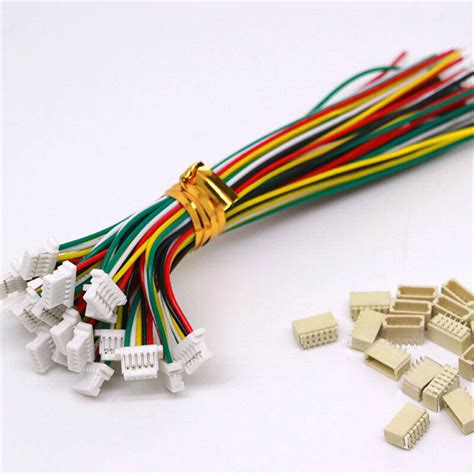 Read more: JST Connector Types: Electrical Terminals for Wire-to-Wire or Wire-to-Board Connections
Read more: JST Connector Types: Electrical Terminals for Wire-to-Wire or Wire-to-Board ConnectionsOverview of JST Connectors JST connectors are compact, rectangular-shaped connectors that use a crimp-style connection method. They consist of two main components: Housing – The plastic body that holds the metal contacts and provides insulation. JST housings come in different sizes, colors, and materials depending on the series. Contacts – […]
-
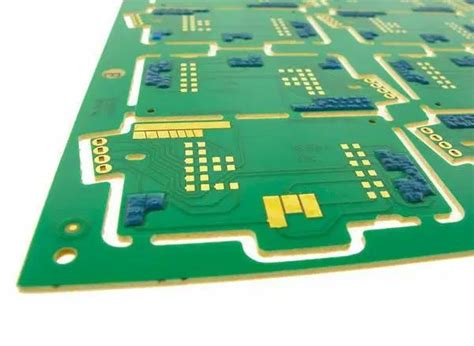 Read more: HASL VS ENIG-How to Choose the Right Surface Treatment Method
Read more: HASL VS ENIG-How to Choose the Right Surface Treatment MethodIntroduction to PCB Surface Finishing Printed Circuit Boards (PCBs) are essential components in modern electronics, providing a platform for electrical components to be mounted and interconnected. To ensure optimal performance and longevity, PCBs undergo a surface finishing process that protects the exposed copper traces from oxidation and enhances the solderability […]
-
Detailed PCB safe distance
Posted by
–
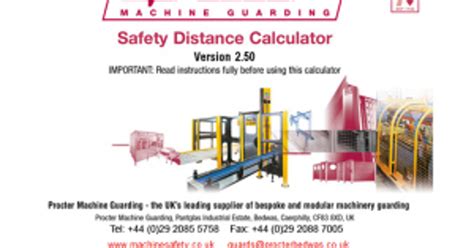 Read more: Detailed PCB safe distance
Read more: Detailed PCB safe distanceIntroduction to PCB Safety Distance When designing and manufacturing printed circuit boards (PCBs), it is crucial to consider the safety distances between various components, traces, and layers to ensure proper functionality, reliability, and compliance with industry standards. PCB safety distance, also known as clearance or creepage distance, refers to the […]
-
Firmware – electronics design digital magazine
Posted by
–
 Read more: Firmware – electronics design digital magazine
Read more: Firmware – electronics design digital magazineUnderstanding Firmware in Electronics Design Firmware is a crucial component in modern electronics design, serving as the bridge between hardware and software. It is a type of software that is embedded into a hardware device, providing low-level control and functionality. In this comprehensive article, we will delve into the world […]




